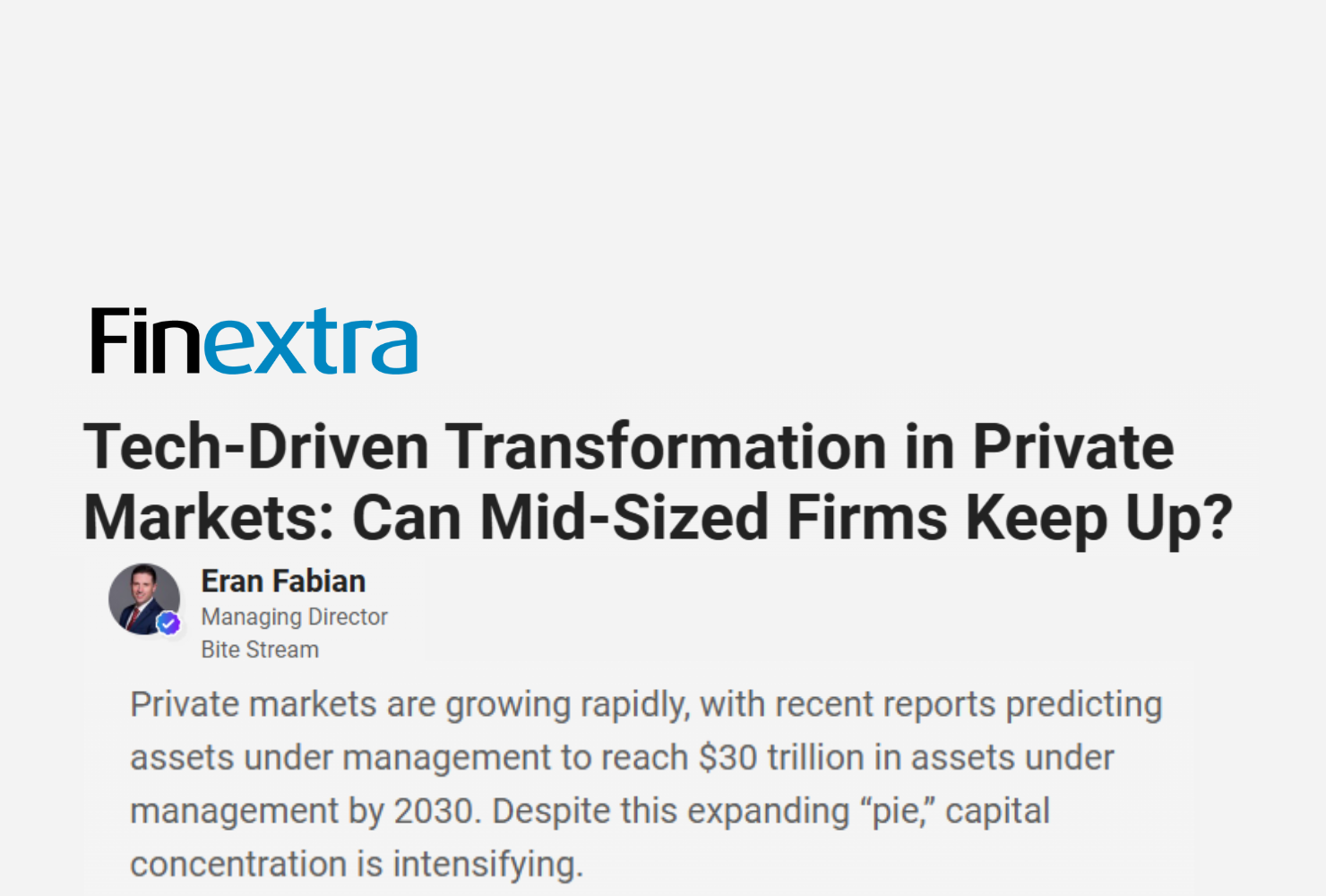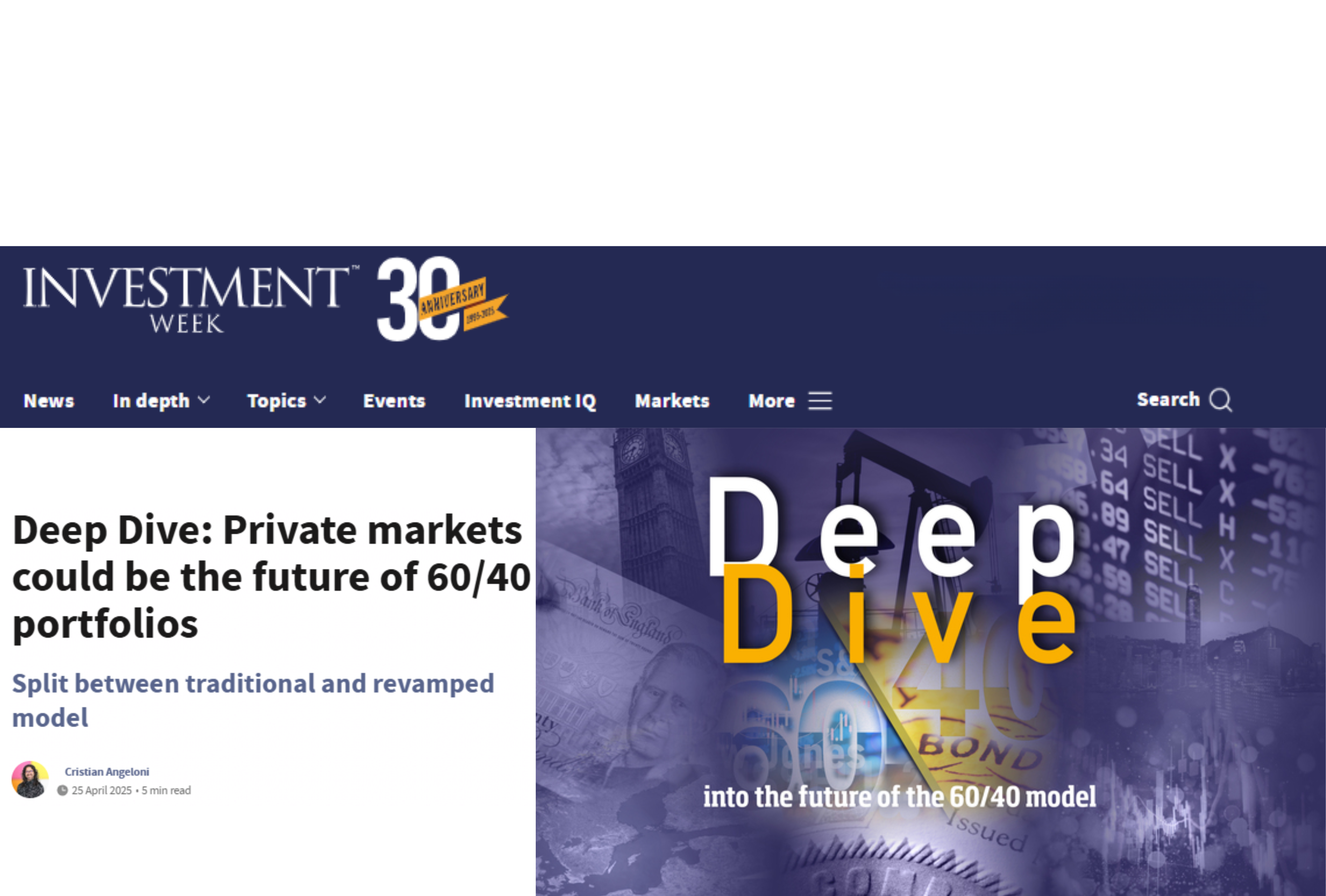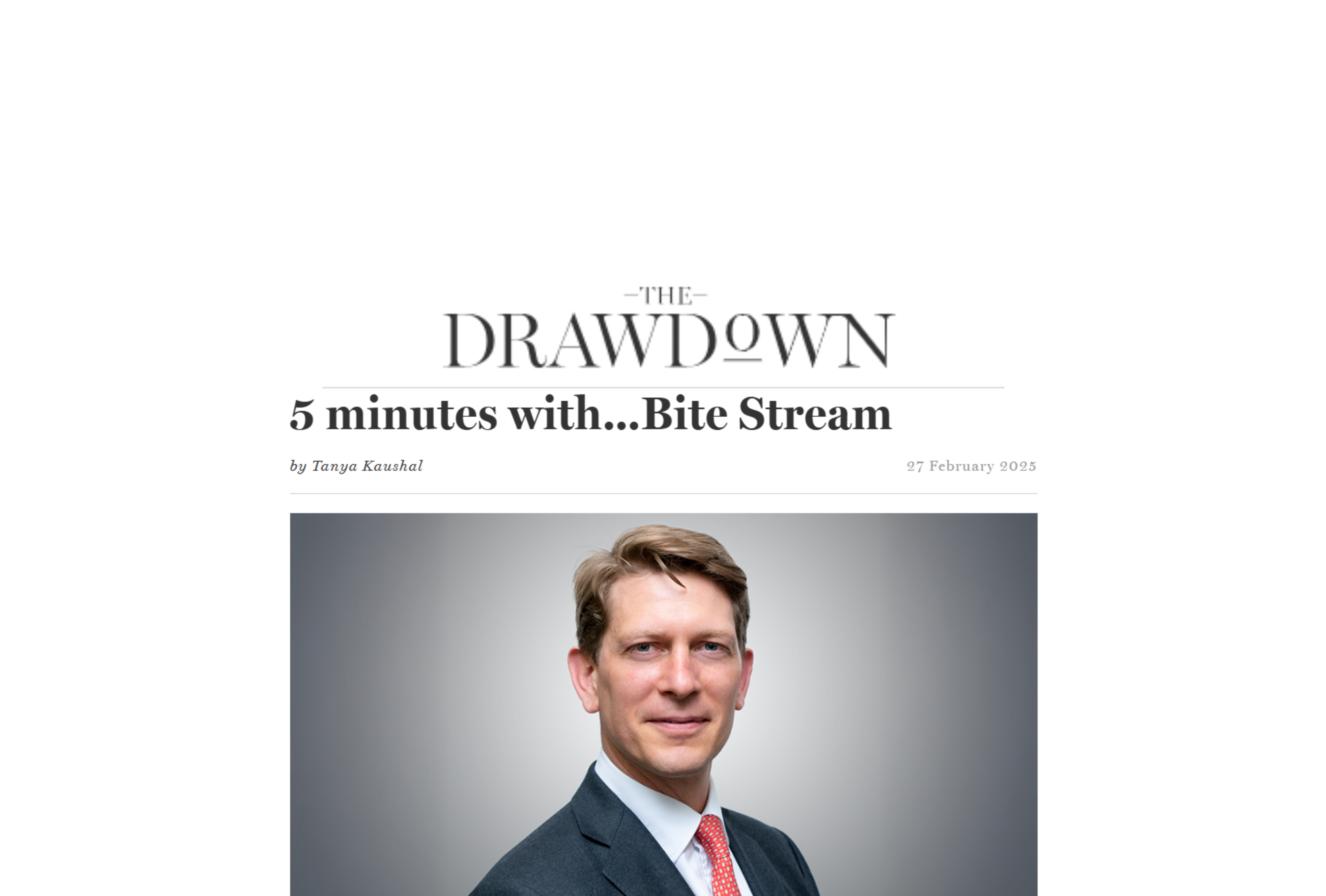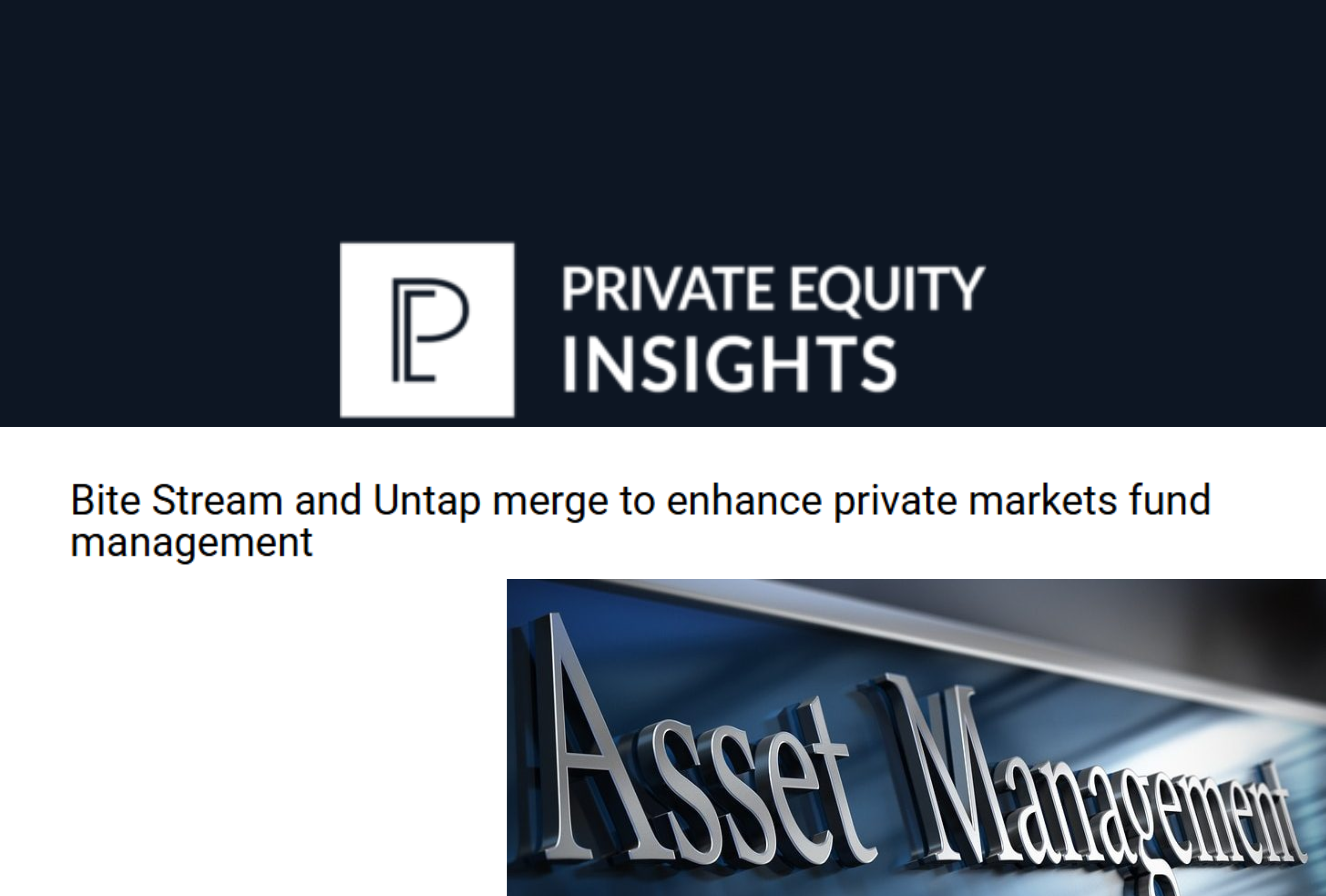Private fund managers and companies are picking up the pace on digitalisation, but a bespoke approach to tech enablement can help to set a firm apart, says Bite Investments’ William Rudebeck
Digitalisation is transforming industries across the globe, and private fund managers and their portfolio companies are no exception. Having the right information to hand in an easily digestible and customisable format, as well as complying with increasingly tangled webs of regulatory requirements and the need to improve operational efficiency, are among the key drivers for private markets investment in the cloud and in software-as-a-service (SaaS).
We spoke to William Rudebeck, CEO and co-founder of Bite Investments, to discuss how technology can simplify the complex world of private funds management.
Q. How can GPs use the cloud and SaaS most effectively?
GPs have historically managed and dealt with information in an offline, analogue way. That’s largely because they have catered to a relatively small group of LPs where there was less of a focus on operational efficiencies, meaning that areas such as capital calls, drawdowns or investor reporting could be managed manually.
That is all changing as GPs start to migrate to SaaS solutions. They are finding that this can drive efficiencies through automation, build greater collaboration across teams, and enhance LP communication and engagement, while also improving security.
Fundraising is seeing dramatic changes because it has historically been so inefficient – and this matters in today’s competitive environment. GPs can use SaaS to accelerate their speed to market, and investors can conduct due diligence more effectively. In our case, we off er an end-to-end investor management software solution called Bite Stream, which helps with marketing and fundraising, streamlining processes including LP due diligence, online subscriptions, investor onboarding, and post-investment communication and reporting.
Q. Where is the market currently with digital adoption and how did the pandemic affect this?
Technology is offering smaller firms the chance to gain the competitive advantage they really need. Using solutions that are already available, for a small cost they can improve their operations and gain the digital experience that has traditionally only been available to larger fi rms that were able to spend large sums of money on developing their own technology.
We recently published a report that found that fi rms with AUM of more than $1 billion are much further ahead of the curve in digital adoption. According to the report, 68 percent of these fi rms accelerated their disposal of legacy systems as a result of the pandemic, and over a third increased their digitalisation spend. Nearly two-thirds of these fi rms expect to increase their investment in digitalisation by at least 25 percent over the following two years, compared with the previous two. The results for smaller fi rms showed a much smaller effect, highlighting the opportunity for them to gain competitive advantage if they digitalise.
Q. Where should GPs focus when considering outsourcing?
It’s far better for GPs, especially small funds with multiple teams, to use one system for several functions. That’s because having a large tech stack with multiple APIs can present compliance
risks as items may fall between the cracks. However, we recognise that for some firms, especially the large complex asset managers, there are reasons why one system does not support all their requirements. Therefore, whatever solution they choose should be flexible to allow their various other providers to plug into it. As with any new tools, GPs should ensure the software is easy to use and that they have staff that can operate it.
When choosing technology partners, GPs should have an eye on the future. What markets do they want to operate in? What plans do they have for future expansion? GPs need to be sure that whichever provider they go with will cover their needs both today and in the future.
Finally, and most importantly, they must think of the client and ensure the tool is user-friendly. We developed our platform with both the manager and investor experience in mind to ensure
it caters to all fi rms, regardless of their size, type of investor or geography.
Q. What can digitalisation offer current and prospective investors in a fund?
The digital world enables GPs to sell their fund in a more visual and intuitive way. For example, Bite Stream allows fund managers to market their funds with a data room and the option to upload a variety of multimedia content, including videos and podcasts.
Investor communication can also be streamlined, allowing GPs to have timely interactions with their LPs, who in turn can consume up-to-date, accurate data on demand. There’s no hard sell for the GPs, as they can see how investors engage with their content and communicate with prospects in a more efficient way. For current investors, the relevant data is already in the system, resulting in a phenomenally quick reinvestment process. This also increases security, as GPs can customise access both internally and externally, so the risk of a PDF or other document falling into unintended hands is much lower.
Q. That brings us on to security risks, where LPs and regulators are seeking improved standards. How can GPs manage these risks?
Digitalisation brings its own security risks – an increased focus for regulators and one of the key items we are asked about by potential clients.
One area of risk is data and document transfer. That’s why we advocate having all information in one place to make sure you know where your data is stored and are compliant with local data privacy frameworks and regulations. We recommend that fi rms pay attention to how data is stored and shared between systems – an increasingly hot topic. Ask suppliers questions and make sure you’re happy and clear on their answers. Also ensure that any third parties have reputable accreditations in place such as being SOC 2-compliant. From our own experience, achieving this certification takes a lot of eff ort, and so does maintaining it.
We review our product on an ongoing basis, continuously making our systems more robust. However, it’s not at the expense of solving key industry issues, and we believe you can unlock all the benefits of digitalisation in a secure environment that mitigates these risks.
Q. How do you see technology improving GP operations over the next few years?
Over the last decade we’ve seen firsthand how digitalisation in the alternatives industry is an area that has received a lot of focus. Specialist technology providers have come on leaps and bounds in the past years and you see a lot more of the basics being covered. As previously mentioned, there are now greater opportunities for firms of all sizes, not just the bigger players. We are already seeing a wave of democratisation across the industry as private markets become accessible to wealth management markets. GPs can use technology to process high volumes of smaller ticket size investments, aggregating pools of capital that were previously unavailable in a strong compliant framework.
Digitalisation is the first step towards a very exciting future.
Source: Private Equity International
Print PDF: Bite Investments: The competitive advantage of bespoke solutions (Private Equity International)




